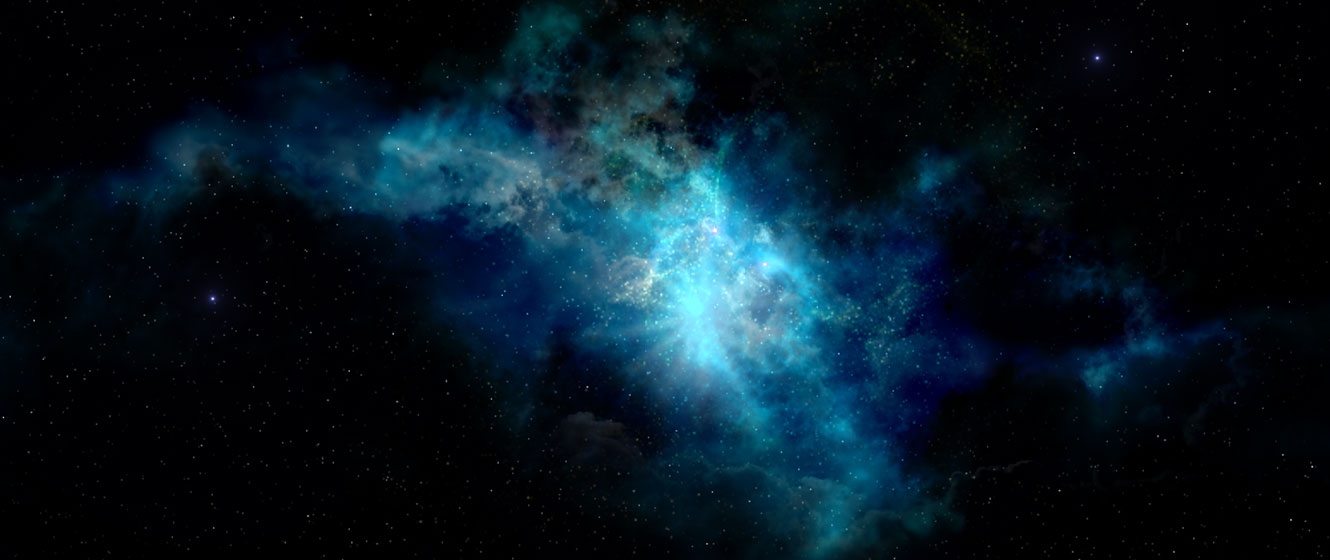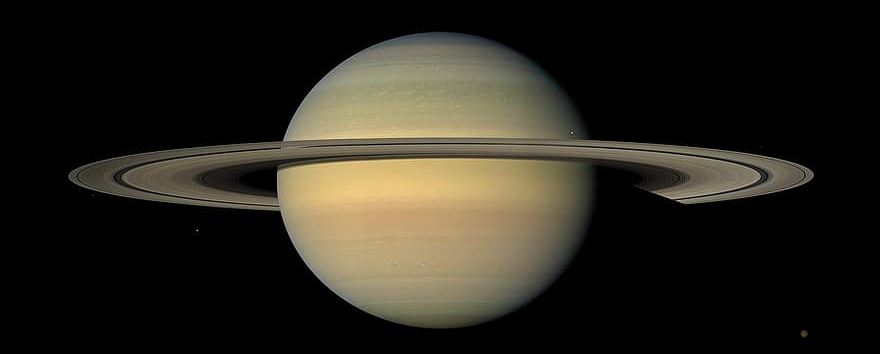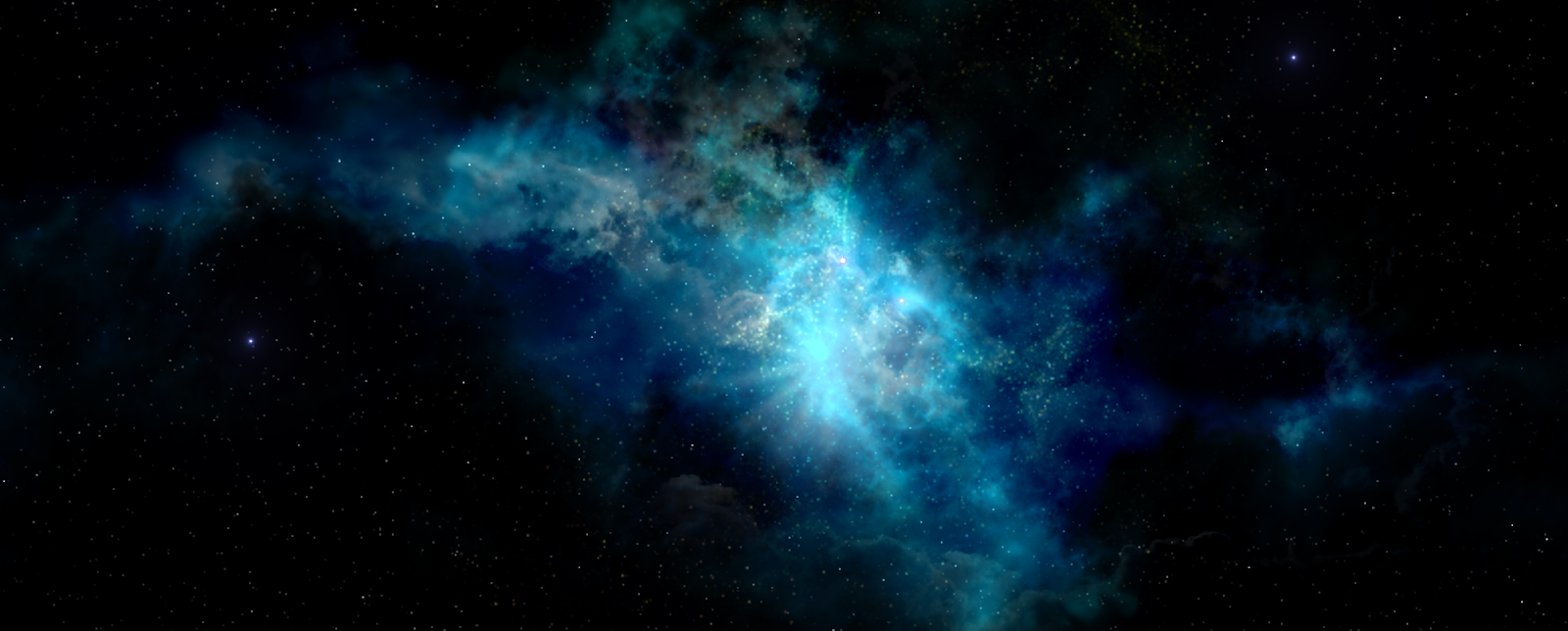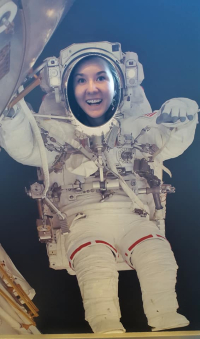
When you’re shopping for a telescope, you’ll come across a lot of new terms that you might not recognize. One of these terms is aperture, and it’s vitally important but the purpose isn’t immediately obvious. So, what is aperture for, and how much does it really matter?
What is Aperture?
A telescope’s aperture refers to the diameter of the lens or mirror the telescope uses to collect light. A bigger lens or mirror has a higher aperture, meaning it’s able to collect more light. The more light that’s collected, the better you’ll be able to see faint objects. Aperture power increases dramatically as you size up the lens or mirror; for example, a telescope with a 200 mm aperture will be able to collect four times as much light as a 100 mm aperture.
Why Does Aperture Matter?
Okay, so now you know what aperture is. But what does it do? Why does it matter? Put simply, the amount of light your telescope can gather determines what you can see. Each pinpoint of light coming from stars and planets is gathered by your telescope’s optics, whether you use a mirror or lens. When only a small amount of light is gathered, you can’t see much. When you can gather more light, you can see much more. It’s the same concept as your eyes in a dark room. Your pupils dilate, meaning they can take in more light in order to take advantage of the small amount of light that’s available.
Another advantage of larger aperture is that when you allow in more light, you can see sharper images as a result. You’re gathering in more light from multiple and single sources, and when you have more light, you have greater clarity. You can see examples of this if you look at photo comparisons of telescope apertures. A 100 mm aperture will show you a fuzzy image of Saturn, whereas a 280 mm will reveal stunning details of the rings and color variations.
So, as far as why aperture matters, the short answer is that it determines what you’ll see when you’re stargazing. If you want to see fainter objects, you’ll need a wider aperture. However, with greater aperture comes greater cost. You have to decide how much light-gathering power you’re willing to sacrifice for cost. There are maximum and minimum recommendations for beginners, which we’ll cover next.

Aperture and Magnification
One other reason why aperture is so important, besides the light collecting considerations, is because it dictates the maximum magnification you can use. Technically you can use any magnification you want on any telescope, but that doesn’t mean you’re going to see more or have a better image. In fact, using a high magnification with a low aperture will only give you a blurry, dim image since the telescope doesn’t have the ability to collect enough light to provide a better one. The relationship between aperture and magnification typically works out to 20x to 50x magnification for every inch of aperture. Remember that magnification isn’t everything, though, and you’ll want to start on lower magnification to get your bearings in the beginning anyway.
What Aperture Should I Get?
You’ll find telescopes in a variety of apertures, with prices generally reflecting how large or small the aperture is. As a bare minimum, you shouldn’t go under 60 mm to get quality images and enjoyment out of your telescope. Many beginner telescopes, like the Celestron StarSense Explorer refractors, will have a range of around 100 to 130 mm, which is perfectly adequate for hobby stargazing and astrophotography. These apertures are also the most affordable.

What Else Matters?
Aperture isn’t the only thing you want to think about when purchasing a telescope. While it’s a good starting point and will dictate a lot of what you’re able to do, another important spec to think about is focal length. Focal length tells you the angle of view and magnification. So, a longer focal length will have a narrower angle of view, while a shorter focal length offers a wider angle of view. The tradeoff is magnification; a narrow angle gives you more magnification than a wider angle.
There are a few main specs of telescopes that will tell you a lot about performance and what you can expect to see. Your telescope’s aperture is its main feature, but it’s not the only feature that you should be concerned with. By combining the power of aperture, focal length, and magnification, you can spot Saturn’s rings, explore Jupiter’s moons, and bring into focus stars that live millions of light-years away.

Learn More
Interested in learning more about telescopes & astronomy? Not sure where to begin? Check out our Astronomy Hub!












